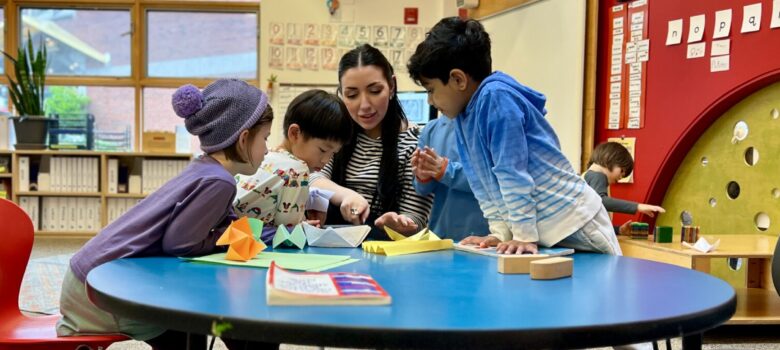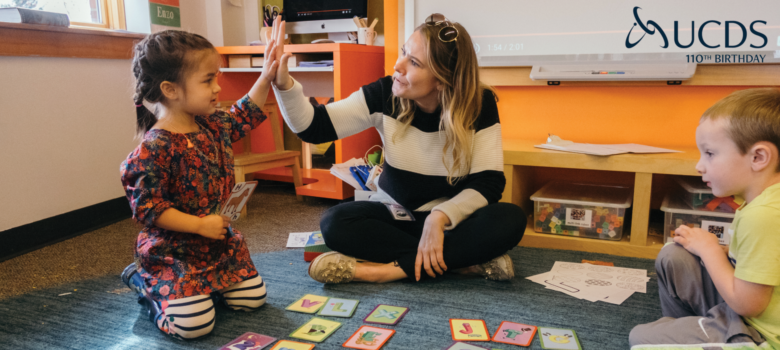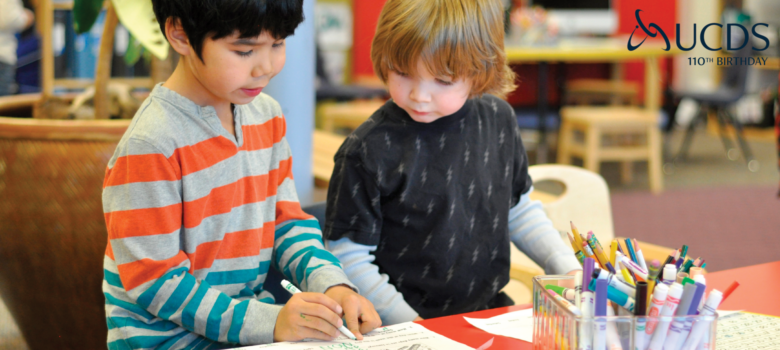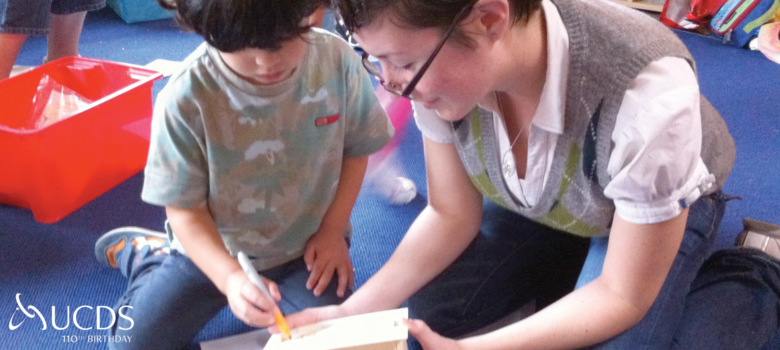3/4s teacher Jenn Drake proposes heart-rate variability exercises as a tool to support the development of willpower in the classroom.
– – – –
I’m currently reading a book called The Willpower Instinct by Kelly McGonigal. It’s been on my shelf for a long time… I’ve had to will myself to read it! My goal is to help myself eat better and fit into skinny jeans. Not such perfect timing as I begin to dream about eating pumpkin pie and stuffing my face during the holidays!
As I read, I just keep thinking about the kids in my class. They lack willpower, but we call it something different. We say “executive functions” and we give them an out by acknowledging how these skills don’t fully develop until our mid-twenties. Nonetheless, when I watch kids impulsively shout out or get distracted, I wonder if McGonigal’s strategies might be helpful.
One foundational research finding relates to the body’s heart-rate variability. People with higher heart-rate variability have better self-control. Two strategies that build off of this are meditation and exercise. By breathing slowly, you contribute to your heart-rate variability, as exercise does in the other direction. Meditation also helps train your brain to not follow every want or distraction. I’ve tried putting these two strategies into place and found that I don’t even want to eat crap (minus the Thanksgiving treat dreams).
So, could these two simple tools be introduced to kids in the classroom? And what might the unintended results be? I think we try to cover the exercise part with our daily recess. But the truth is that not all the kids are benefiting because they don’t all work up a sweat. Some like to sit and chat. Perhaps we can introduce more games that would get them moving! And I’d say our frequent rainy day recesses aren’t helping with that need for movement. Deep breathing and meditation can also be taught, and many schools are making time throughout the day for these activities. Even something as simple as a quiet five-minute breathing exercise after recess could do wonders! If we tried these techniques, maybe our kids could listen longer and dig a little deeper.




